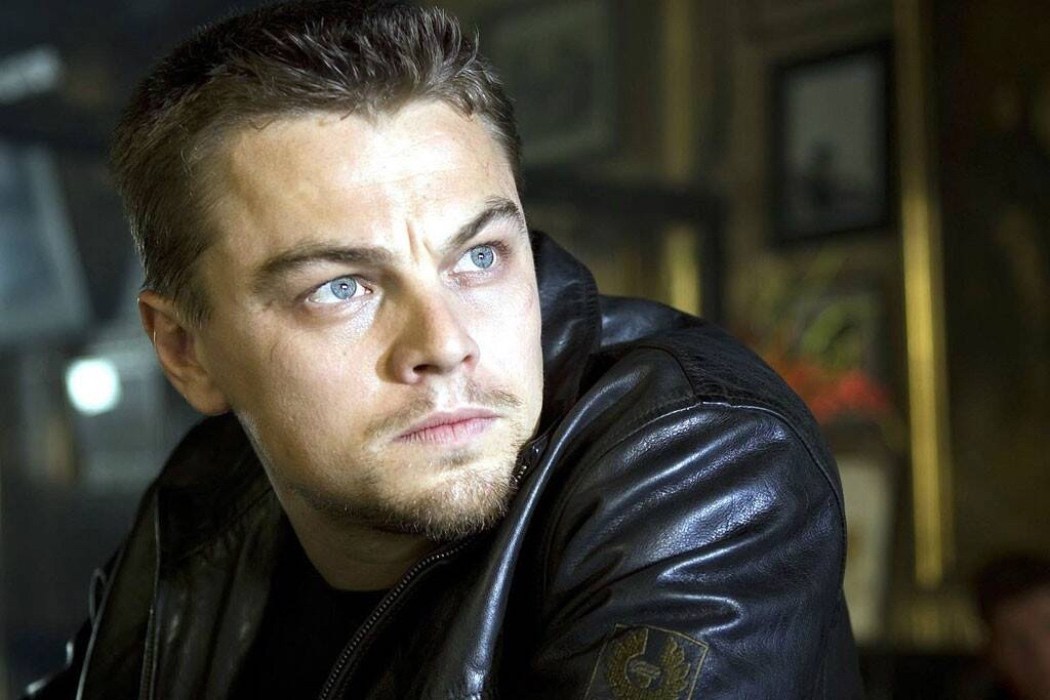
Americans have more than earned their reputation for botching remakes of successful pictures from around the world. They’ll add a happy ending when the brutal conclusion is what made it so unforgettable (The Vanishing); they’ll fail to capture that unique comic tone (Downhill, from Force Majeure) or at worst, they’ll simply ignore the classic source material to make mystifying pap (City of Angels, from Wings of Desire). But here are the exceptions, when Hollywood managed to match, or even exceed, the original.
1. Let Me In (Matt Reeves, 2010) – Let the Right One In (Tomas Alfredson, 2008)
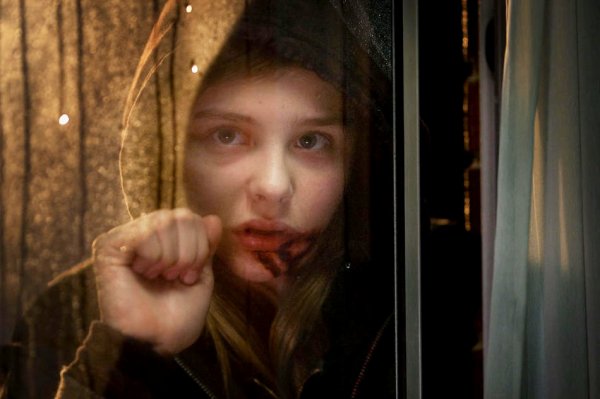
For audiences adventurous enough to endure subtitles, the original Swedish version was an instant horror classic, a far more romantic and horrifying vampire romance than the Twilight saga ever aspired to be. Its handling of a preteen boy’s crush on the mysterious girl next door succeeds by grounding the material every chance it gets, but in stylish and unexpected ways. The boy is truly socially awkward and isolated. The vampire girl is staggeringly mature for having been around for a century or so, and her feeding isn’t tastefully rendered to make YA fans comfortable.
All of this would suggest disaster for the Hollywood remake, which due to the buzz was quickly greenlit. But Matt Reeves, fresh off the surprise hit of Cloverfield, directed a respectable recreation of the original. He shifts the action back to the early eighties in New Mexico, when American kids were able to roam freely afterschool and face the full wrath of the local bullies, or meet up with a little girl who only comes out at night. In perhaps the most striking accomplishment, the American leads, Kodi Smit-McPhee and Chloë Grace Moretz, have as much chemistry as their Swedish counterparts.
To his credit, Reeves seems to have done little to make the story more accessible to mainstream audiences by casting older leads, or making the little girl vampire any less feral. Some of the special effects rendering her with supernatural speed and grace don’t age well, but overall, he delivers the same notes just as ably as the original, which might be the reason it was one of the lowest grossing movies of that year, while still landing on lists like this one.
2. Quick Change (Howard Franklin & Bill Murray, 1990) – The Hold Up (Alexander Arcady, 1985)
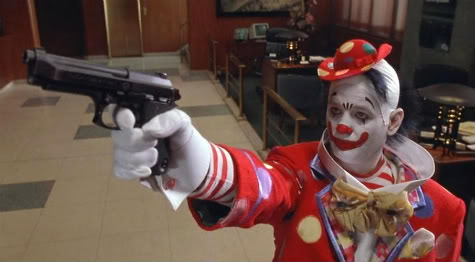
The original Franco-Canadian picture may have starred the legendary French New Wave star Jean Paul-Belmondo, but was swiftly forgotten by most, except for one particular SNL vet. Bill Murray would earn his only director’s credit for the remake, co-directing it with Howard Franklin, whose eclectic output would stretch from an adaptation of Umberto Eco’s In The Name of the Rose (1985) to the all-star bird-watching comedy The Big Year (2011).
Based on a novel by Jay Cronley, the story features one of the most simple and clever ideas for a heist ever devised, which won’t be spoiled here. As foolproof as the heist is, the getaway is another matter, and complications ensue, in ways as simple and clever as the heist itself. Murray plays the mastermind here, with Geena Davis as his girlfriend and Randy Quaid in fine dunderheaded form as the sidekick. The performances are highlights of all three of their careers, subtle, specific and flat-out hilarious.
Nevertheless this low-key comedy might have turned off audiences that showed up expecting A Ghostbuster Robs A Bank, and was a notorious flop in Murray’s career. The original played the comedy far more broadly, akin to Cannonball Run, and the approach might actually have improved the box office of the American version. But the smart, delicate execution here is precisely why it’s become a rediscovered gem.
3. The Pledge (Sean Penn, 2001) – It Happened In Broad Daylight (Ladislo Vajda, 1958)
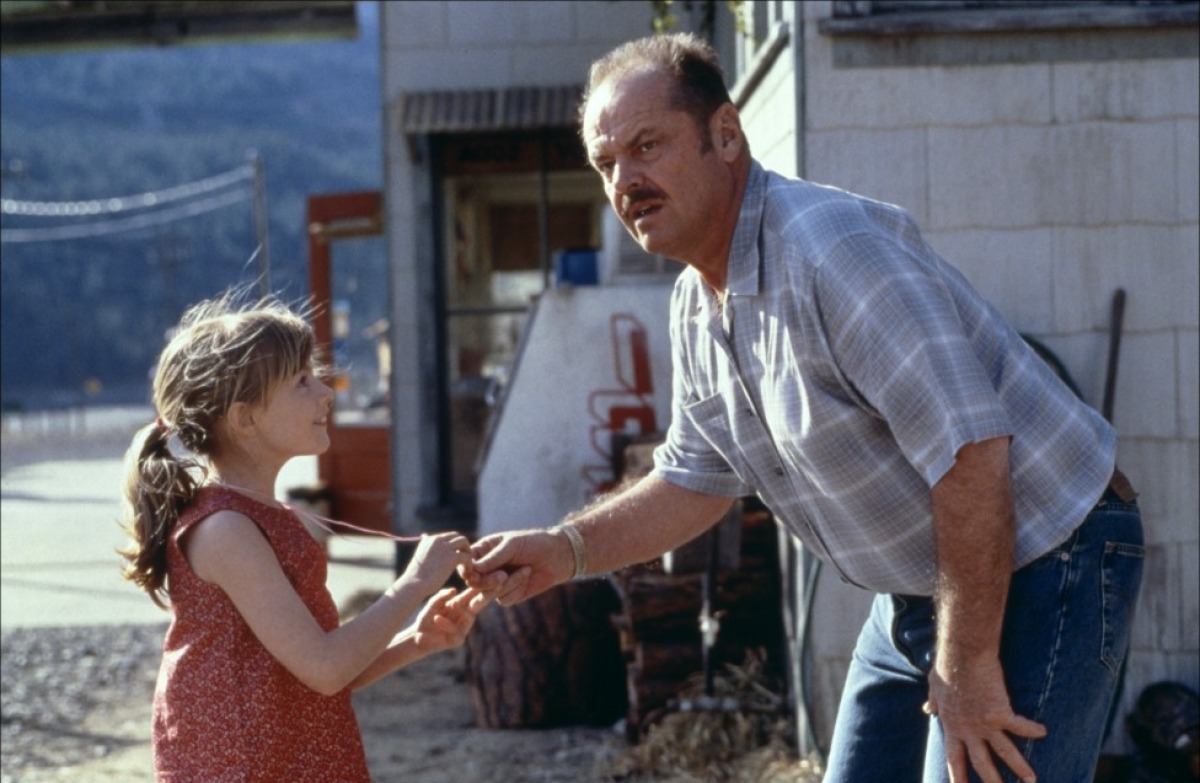
The original was a celebrated Swiss-West German- Spanish co-production that would be remade six more times, in countries ranging from Italy to India, which is odd given the relative pedestrian logline of an aging detective moving to the countryside to bait a killer of young girls out of hiding. The screenwriter, Friedrich Dürrenmatt, was so livid about the happy ending of the original that he wrote a novel to correct this error, and that novel became the basis for Sean Penn’s version.
Penn’s early directing efforts were all ambitious, probing works of wounded masculinity that often were relentlessly monotone (Indian Runner) or deliriously melodramatic (The Crossing Guard) it was hard to discern just how skilled he was, even as those remain insanely watchable exercises. The Pledge would prove his finest effort so far, and this now stands as the last time its star Jack Nicholson would submerge his persona wholly into a character, with his bushy ‘stache and slumped posture making him seem ready to flinch at a stiff breeze, as he’s less cop on the edge than one already falling off the cliff.
In a refreshing break from genre tropes, Nicholson and Penn don’t treat the cop’s obsession as remotely effective in catching the killer. Instead, Nicholson plays him as a social cripple that slowly heals with ordinary life in the country, only to risk it all in the end. It’s the rare procedural that gathers more steam towards the end, where its haunting conclusion must have exceeded the original screenwriter’s intent for it.
4. Insomnia (Christopher Nolan, 2002) – Insomnia (Erik Skjoldbjærg, 1997)

Christopher Nolan’s follow-up to his indie smash Memento has been overshadowed by his Batman trilogy and his big, fat original blockbusters for adults that virtually no one else gets to make anymore. The original Norwegian thriller has a deceptively simple premise of a cop trying to solve a young girl’s murder in the Arctic Circle, where the sun never sets, leaving him short on sleep and sanity. Early on, the cop (Stellan Skarsgård ) finds the killer, but in the fog and chaos of the chase, he ends up shooting his partner instead. And because that killer witnessed it all, the cop is left to diligently steer the investigation away from him to keep them both of trouble.
Skarsgård’s exhausted, broken-hearted detective shambles about the movie, showing us his canny smarts, his good intentions and how little they matter to what he ends up doing. The performance, and Skjoldbjærg’s deft directing, including an excellent use of swish pans and arrhythmic cutting to boost the delirium, sells every twist along the way.
To his credit, Nolan refrained from his dense plotting to keep the straightforward spine of the story intact, and shifts the location to Alaska, where the sun also never sets for a spell. Al Pacino plays the lead, in one of the most restrained performances in the midst of his “Hoo-Ah!” era. Robin Williams plays the killer here, weaponizing his persona of a gentle, overgrown Hobbit to become a sick, ingratiating manipulator. And Hilary Swank plays the local cop looking into his partner’s death, adding shades to her character that were not present in the original.
Nolan’s subdued directing let the performances shine and the plot unfold at a deliberate, but steady pace, which feels obvious, until one thinks at how much young indie directors are eager to show off when they make it to the big leagues. It was a surprise hit no one saw coming, paving the way for Warner Brothers to hand him their most valuable piece of IP to handle next.
5. Scarlet Street (Fritz Lang, 1946) – The Bitch (Jean Renoir, 1931)
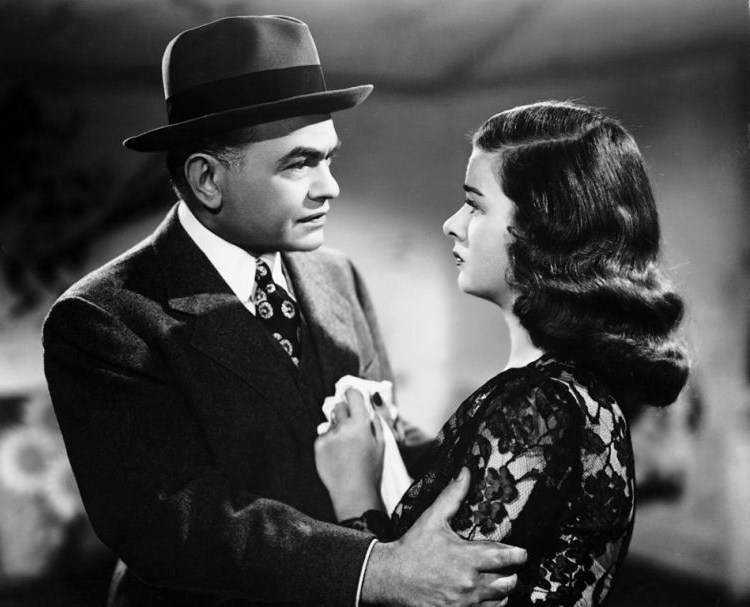
It’s rare to have two directors of such outsized gifts and vastly different dispositions tackle the same story, but Fritz Lang remade Jean Renoir’s second sound picture, creating something like a bleak echo of the first. Renoir was still maturing as a filmmaker in his version, but his gifts were still on full display in the original.
In both, a beautiful woman and her grifter boyfriend con a middle-aged Walter Mitty-esque man, who’s stuck in a loveless marriage, and whose only escape is Sunday afternoon painting. Renoir sidesteps the misanthropy of the premise by constantly revealing new sides to the characters, like the futile bluster of that abusive boyfriend, the selfish calculations of their mark, and the woman’s own frustrations that she has to seduce some middle-aged bore to support her true love. Renoir’s title is tongue in cheek, as she’s no worse than anyone around her.
As the young lovers’ ruse unravels and their middle-aged “victim” takes his revenge, Renoir stages it all as folly. Everyone is clearly short-sighted and unlucky, trapped by their own appetites and ambitions, rather than actually mean-spirited, and by the end, Renoir strikes a note of bemused acceptance that this is merely how life shakes out sometimes.
Lang strips the material down to its noir essentials for his Hollywood remake, repeating every major story beat, but as an indictment of all involved. Edward G. Robinson plays the middle-aged mark here, and still manages to strike some tender notes in Lang’s death trap. The ingenue (Joan Bennett) is cold and conniving, though very much under the thumb of her boyfriend (Dan Duryea), and both are keen to exploit Robinson for all he’s worth.
This was Lang’s fifteenth sound picture and it shows, for what he loses in the complexity of the characters here, he gains in tension, built from his immaculate staging and precision camerawork. And Lang’s ends the picture not with a chagrin, but a howl of the unforgiven.